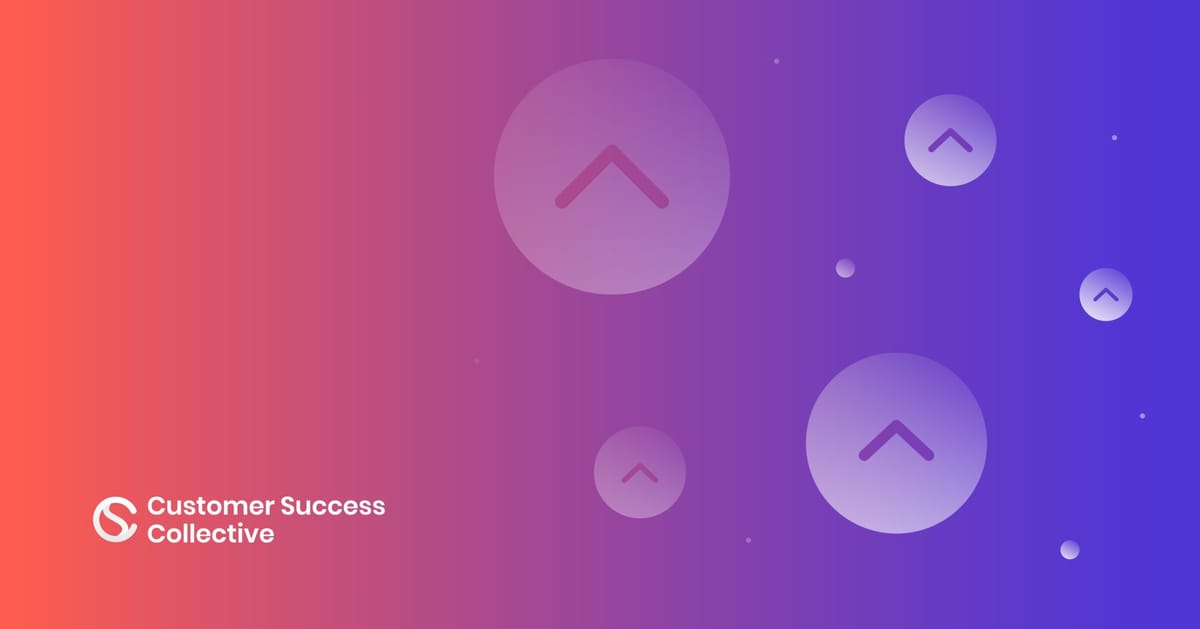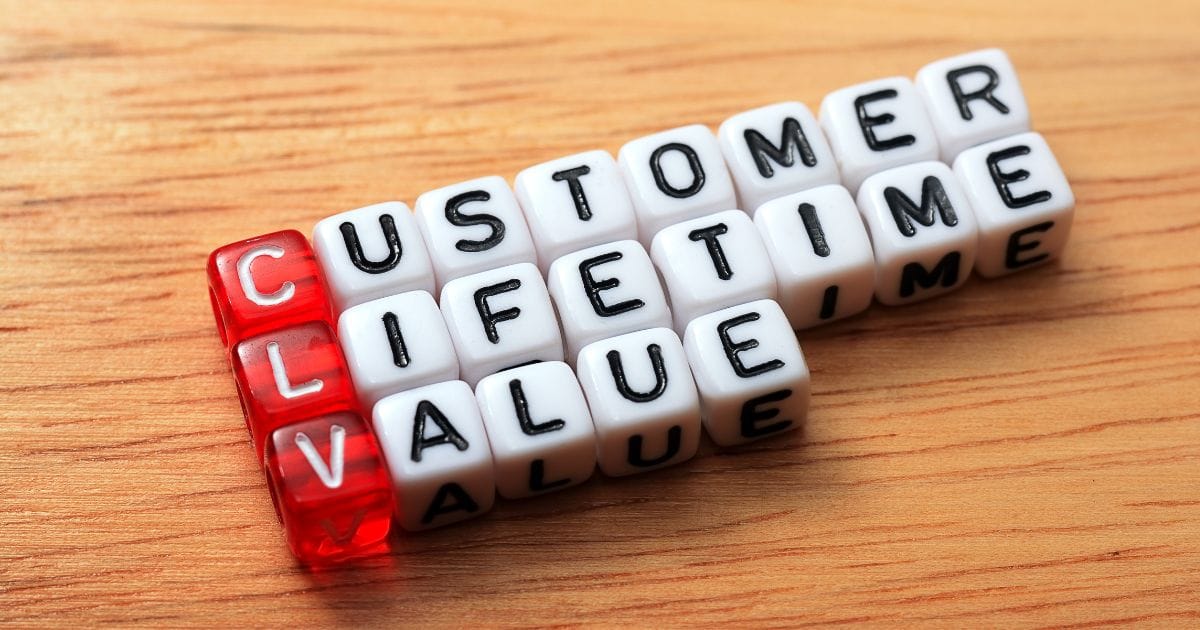Imagine a world where your most ardent advocates become your most powerful customer success force, effortlessly driving exponential retention and expansion through the sheer power of their enthusiasm.
But this isn't some CS fantasy; no, no, no. It's the reality of harnessing customer referrals via well-maintained customer advocacy programs, the ultimate growth engine for smart customer success teams.
In this article, we'll get into:
- What a customer referral is
- 4 Advantages of referrals
- How to ask for a customer referral
- How customer referrals can drive organizational success
- Building a world-class referral program
What is a customer referral?
Customer referrals are fundamentally different from generic lead sources or marketing campaigns. A customer referral is when an existing, satisfied customer recommends your product or service to someone they know – a friend, family member, colleague, or anyone in their network.
A personal endorsement from a trusted source carries a lot of weight. Customer referrals are incredibly valuable because they come from a place of genuine enthusiasm and positive experience, rather than a company-led sales pitch.
Plus, people are more likely to trust a recommendation from someone they know over traditional marketing or advertising. You've heard of the power of word-of-mouth promotion, right?

Word-of-mouth promotion
Word-of-mouth (WoM) promotion is one of the most powerful and influential tactics out there for customer success. At its core, WoM refers to the organic sharing of information and opinions about a product, service, or company – person to person. When positive, it acts as a highly credible endorsement that can drive serious product adoption, stickiness and expansion.
When negative (you guessed it) it can have the opposite effect. Negative word of mouth can see you lose customers and, worst case scenario, tarnish your brand name and overall reputation.
From a customer success standpoint, referrals yield several unique advantages:
4 Advantages of referrals
1. Accelerated expansion
Referrals give you a head start by opening doors to new opportunities that are pre-sold on your value proposition. The trust factor means you can progress these prospects through the sales cycle faster, focusing your energy on delivering an exceptional customer onboarding experience rather than overcoming skepticism.
Plus, each new referred customer has the potential to become a referral source themselves, creating a virtuous cycle of expansion.
2. Increased retention and customer lifetime value
Customers acquired via referrals exhibit stronger engagement, reduced churn, and a greater propensity for add-on purchases. This translates to 16% higher customer lifetime value on average.
The psychological commitment and brand affinity referrers develop makes them incredibly sticky and expansion-prone. They perceive greater value from the outset and feel a sense of ownership in your mutual success.
3. Richer customer insights
Analyzing referral patterns, feedback, and behavior provides a treasure trove of qualitative and quantitative insights to guide product roadmaps, support strategies, and process improvements. Referrals essentially give you an always-on customer advisory board.
4. Competitive differentiation
A thriving customer referral engine is incredibly difficult for competitors to replicate. It cements your brand position as the market leader by building powerful social proof and loyalty barriers. Customers feel a deep sense of belonging that makes them resistant to churn.

How to ask for a customer referral?
As a Customer Success Manager (CSM), you're in a prime position to organically prompt customers for referrals during your regular interactions and touchpoints. The key is to make the ask feel like a natural progression from a conversation about their positive experience and successes with the product.
One effective approach is to bring up referrals immediately after a customer raves about a particular outcome, use case, or achievement they've realized.
When they're feeling enthusiastic and the value is top of mind, simply say something like "I'm so glad to hear the product has been valuable for X goal. If you happened to know anyone else who could also benefit from those types of results, I'd really appreciate you passing along their name for us to reach out."
The idea is to strike while the iron is hot after they've organically brought up a success story. You're not outright soliciting referrals from the blue. Instead, you're channeling their current enthusiasm about the product into a soft referral invitation. Customers who are overjoyed with their experiences will be primed to want to refer others to that same positive outcome.
Another great time to mention referrals is during any quarterly business review, renewal, or expansion discussion. When the conversation is already centered on affirming the product's ongoing value, it's the perfect avenue to say "Since you've seen such great results, we'd really appreciate any referrals to others who could also benefit." Offering a simple incentive like extended renewal pricing can motivate action.
The key for CSMs is to integrate referral asks into authentic relationship conversations, not treat them as separate one-off solicitations. Customers will be far more receptive to making referrals when it stems naturally from affirming the product's positive impact.

How customer referrals can drive organizational success
Increased customer retention
While traditional marketing channels like advertising, content, etc. are essential for acquisition, they carry high costs that can strain budgets. In contrast, customer referrals provide a steady stream of warm, pre-qualified prospects at a fraction of the cost to retain and expand within.
By prioritizing referrals as a key growth engine, organizations can reallocate resources away from expensive paid channels. You can double down on nurturing the referral program itself through automation, incentives, tracking tools, etc. – further compounding the ROI over time.
The capital efficiency gained allows for more aggressive investments in areas like product development, talent, and market expansion to reduce churn.
Accelerated expansion revenue
Referrals accelerate expansion by starting you off on second base. The prospective customer is arriving pre-sold thanks to the referrer's credible endorsement. You're not fighting an uphill battle to grab their attention or build trust from scratch. The door is already open, so it's easier to advance them smoothly through your sales cycle.
Beyond that, referrals have a multiplier effect: Every referred new logo gained has the potential to become a new referral source themselves as they experience the value of your product.
So one great referral today could snowball exponentially through that customer's network tomorrow. It's a virtuous cycle of warm leads and expanded reach.
Lastly, referrals drive expansion by strengthening brand advocacy. Customers who rave about you amplify social proof, increasing consideration and demand. It's the ultimate form of peer-influence marketing.

Increased trust and credibility
Trust is the foundational currency that underpins all successful customer relationships. Yet establishing trust through official messaging is increasingly difficult in today's cynical landscape. Customer referrals sidestep this by tapping into the purest form of social proof – personal recommendations from trusted sources.
When a valued friend or family member endorses a product, it carries exponentially more weight than any corporate messaging or marketing claims. There's an implicit stamp of credibility that supplants skepticism.
This makes prospects much more receptive from the outset, accelerating the critical know-like-trust phases of the buyer's journey.
The credibility earned also transcends just the initial sale. It breeds confidence that cements long-term loyalty and reduces churn. Customers are less likely to be lured away by competitive offerings because the trusted referral source already anchored them to your product's superior value proposition during their purchase decision.
Higher expansion rates
Combining the benefits of lower acquisition costs with a pre-disposed trust advantage, it's no surprise that customer referral leads consistently achieve higher expansion rates across industries. There are a few reasons for this amplification effect:
- As mentioned, the trust factor means referral leads start further along in the sales cycle with existing product affinity.
- The referring customer effectively serves as a point-of-influence advocate, reinforcing the purchase motivation.
- Prospects feel an accountability factor knowing their friend/family will be asking about their experience.
Customer success teams that successfully activate a scalable referral engine marvel at the expansion rates compared to standard lead sources.

Enhanced customer lifetime value
Beyond the acquisition benefits, referred customers exhibit stronger engagement, lower churn rates, higher satisfaction scores, and more frequent expansion purchases – all contributing to an average 16% higher lifetime customer value over non-referral cohorts.
There's a self-reinforcing psychological dynamic where referred customers perceive greater value upfront based on the referrer's endorsement. This breeds stickier loyalty and creates a "commitment and consistency" mindset where they perpetuate the referral cycle themselves.
Through their elevated loyalty, increased purchases, and expanded referrals of new customers, these highly satisfied "acquired via referral customers" generate compounding revenue streams and profitability gains for the business over time.
Organic customer base expansion
While marketing channels require constant cash influx to keep acquiring new logos, customer referrals effectively grow the customer base organically and sustainably by tapping into the networks surrounding each new customer. Referrals are truly where customer success teams shine.
With a continual stream of satisfied clients being onboarded via referrals, they too become potential new sources of referrals within their personal and professional spheres of influence. It creates a self-perpetuating "refer-a-friend" cycle that continually supplies your funnel with fresh, warm leads – no additional marketing spend is required.
This organic expansion is hugely valuable. It allows organizations to proliferate into new geographic markets and demographic segments passively just by delivering an exceptional experience that inspires customers to voluntarily recruit others.
Over time, this can exponentially amplify a company's effective reach and customer acquisition capabilities in a capital-efficient manner.

Competitive advantage and defensibility
The ability to generate a groundswell of authentic customer advocacy is an immense competitive advantage that's extremely difficult for rivals to replicate or undermine through conventional tactics.
When a product activates an army of raving fans who voluntarily promote it through their personal referrals, it establishes a level of social proof that simply can't be fabricated through marketing spend or messaging alone. The customer-driven advocacy enhances brand equity, perceived value, and marketplace credibility in a way that creates real defensive barriers.
As the referral engine builds momentum, it fosters a loyal user community and sense of belonging that increases switching costs. Customers feel a sense of psychological ownership and identity with the product story. This enhances retention rates and cements the product's positioning as the de facto leader in its category.
Increased customer loyalty
There's a direct correlation between customer referrals and increased loyalty and retention. It stems from the basic psychological principle of consistency – once someone vouches for a product by referring it, they have "skin in the game" and are far more likely to remain a loyal, consistent customer themselves to avoid cognitive dissonance.
Not only that, the mere act of referring reinforces the positive associations and affinity they feel for your product. Providing worthwhile referral incentives/rewards pays off in the form of deeper engagement and repeat purchases too.
Plus, an official referral program demonstrates that you value customer advocacy enough to bake it into your core business model. This boosts transparency and the feel-good factor of being part of a community of loyal product evangelists. Psychologically and tangibly, referral programs strengthen the overall customer experience in ways that foster long-term loyalty.
Feedback loops
Beyond the quantitative metrics like expansion revenue and renewals, customer referrals offer a rich mine of qualitative voice-of-customer insights that provide a continuous feedback loop for optimizing product and operations.
For example, analyzing which customers are generating referrals (and which aren't) can reveal core user personas and psychographics to prioritize and better understand motivations.
Looking at referral source patterns illuminates which marketing channels, campaigns, and customer touchpoints are hitting the mark in terms of delivering outstanding customer satisfaction.
Tracking customer feedback and verbatim testimonials within referrals exposes potential product gaps, empowering data-driven roadmap decisions. Even detecting changes in referral velocity can signal potential issues before they escalate.
Essentially, customer referrals serve as an always-on focus group, allowing you to continually iterate, improve offerings, and double down on what's truly resonating with customers. They enable a fast feedback cycle for quickly validating ideas, course-correcting inefficiencies, and fueling a culture of customer obsession – which is critical for sustainable growth.

Building a world-class referral program
While the benefits of referrals are clear, activating them at scale requires a thoughtful, cross-functional strategy. Here are a few keys to success:
- Align customer success, marketing, sales, and product on shared referral goals and KPIs.
- Empower CSMs with the right tools, incentives, and workflows to seamlessly prompt and track referrals.
- Deliver exceptional customer experiences that naturally inspire advocacy and social sharing.
- Analyze referral patterns to uncover high-value personas and improve the overall customer experience.
- Celebrate and reward top referring customers to reinforce the behavior.
When executed well, a customer referral program becomes a powerful growth engine that amplifies all your other customer success initiatives. It's the closest thing to marketing magic that today's data-driven organizations can achieve.
Closing thoughts
At the end of the day, an exceptional customer referral strategy is one of the most powerful growth levers an organization can employ. While traditional channels are essential for acquisition, none of them pack quite the same punch as activating your happiest customers as voluntary brand evangelists.
Think about it – who would you trust more for an unbiased product recommendation? A generic landing page or a close friend raving about how much value they've got out of a product? Customer referrals forge authentic, credible connections on a personal level that simply can't be fabricated. And the benefits they unlock are multi-faceted.
For starters, referred customers come with built-in trust and expedited sales cycles, making them vastly more efficient to onboard.
But the benefits extend far beyond just the acquisition phase. Referred customers stick around longer with higher lifetime values, lower churn, and a mindset primed for making complementary purchases and referring others. It's a perpetual cycle that fuels itself.
So if you're serious about accelerating your organization's trajectory in a sustainable, scalable manner, prioritizing an efficient referral program is non-negotiable.



